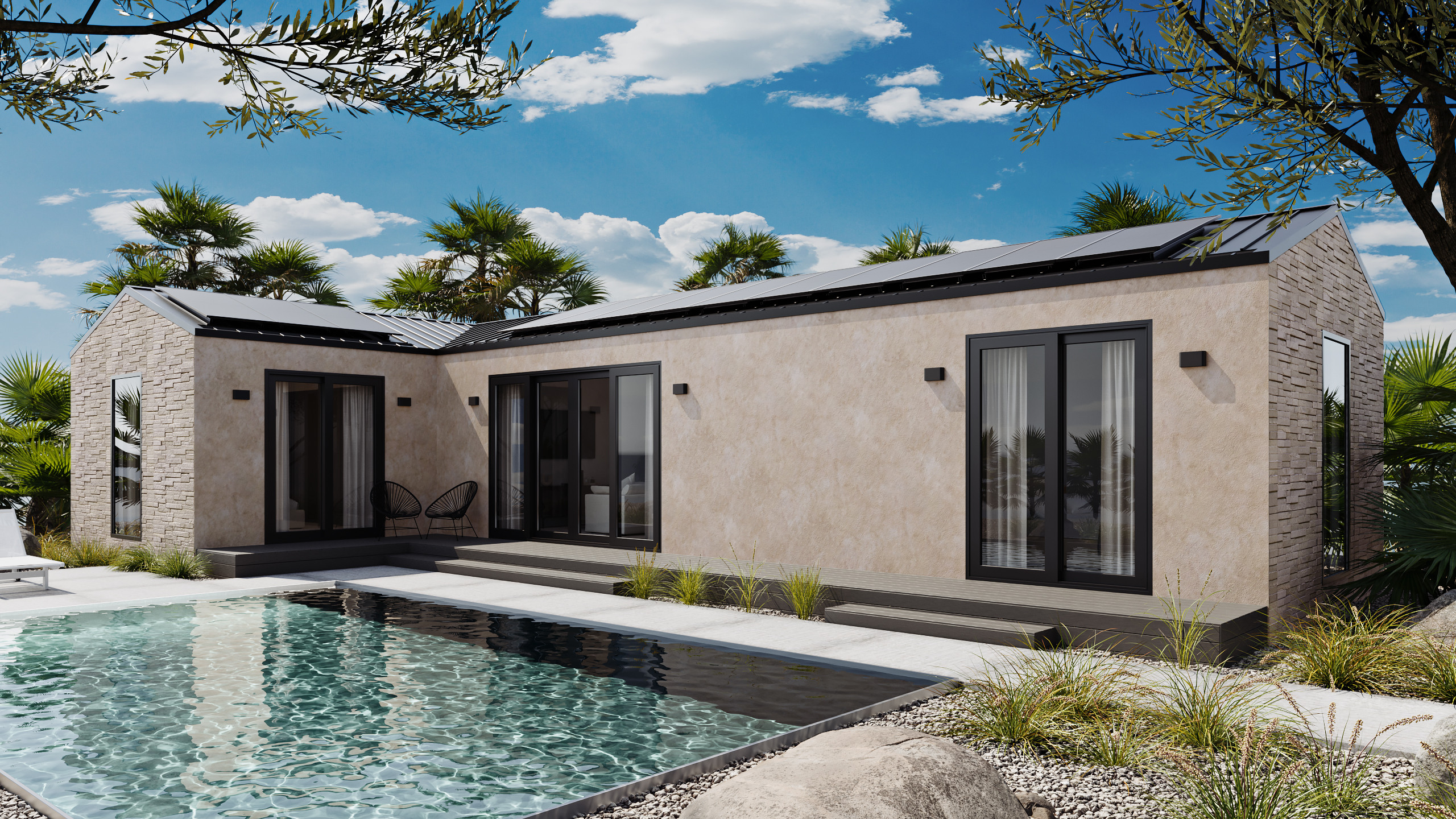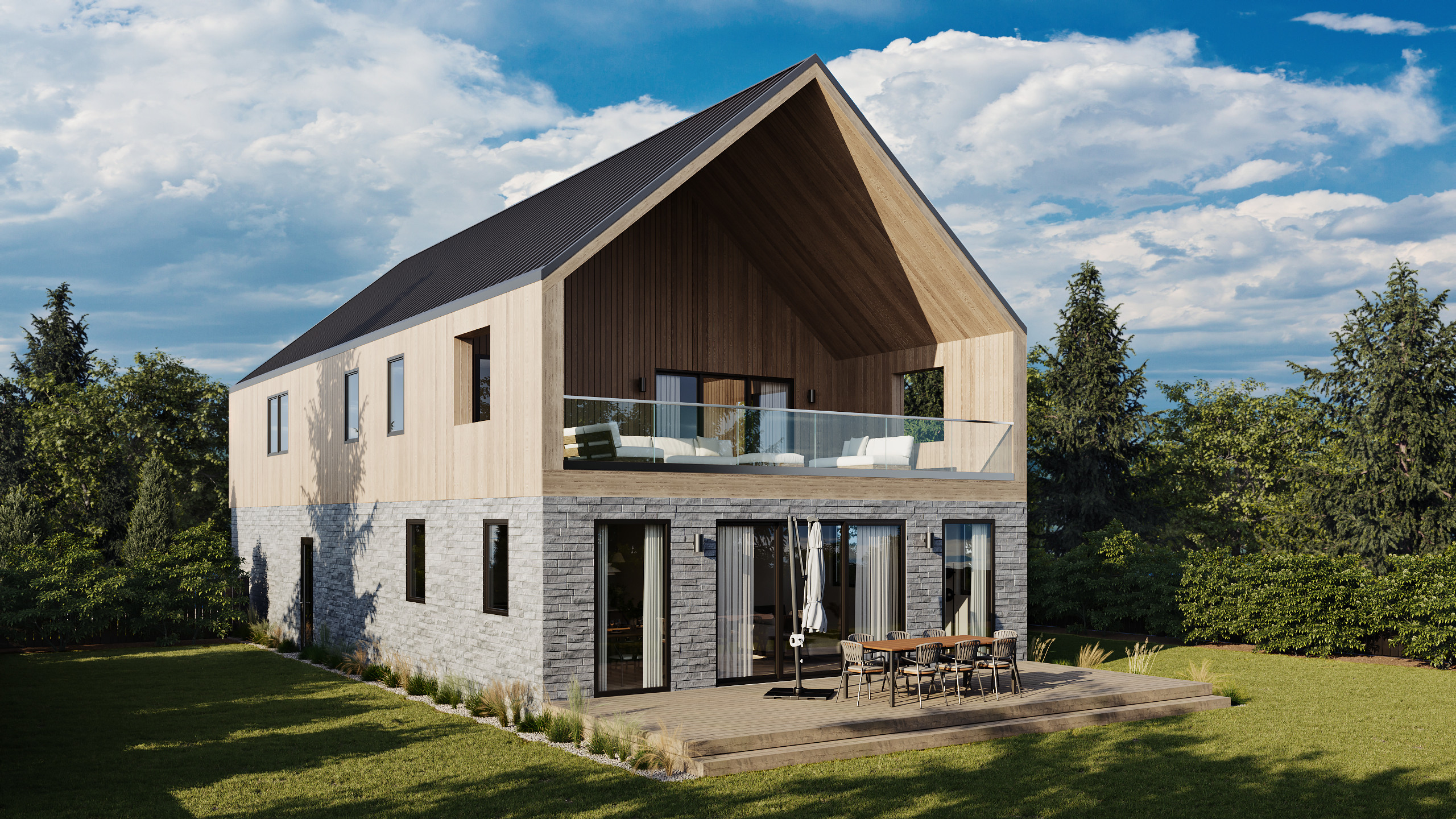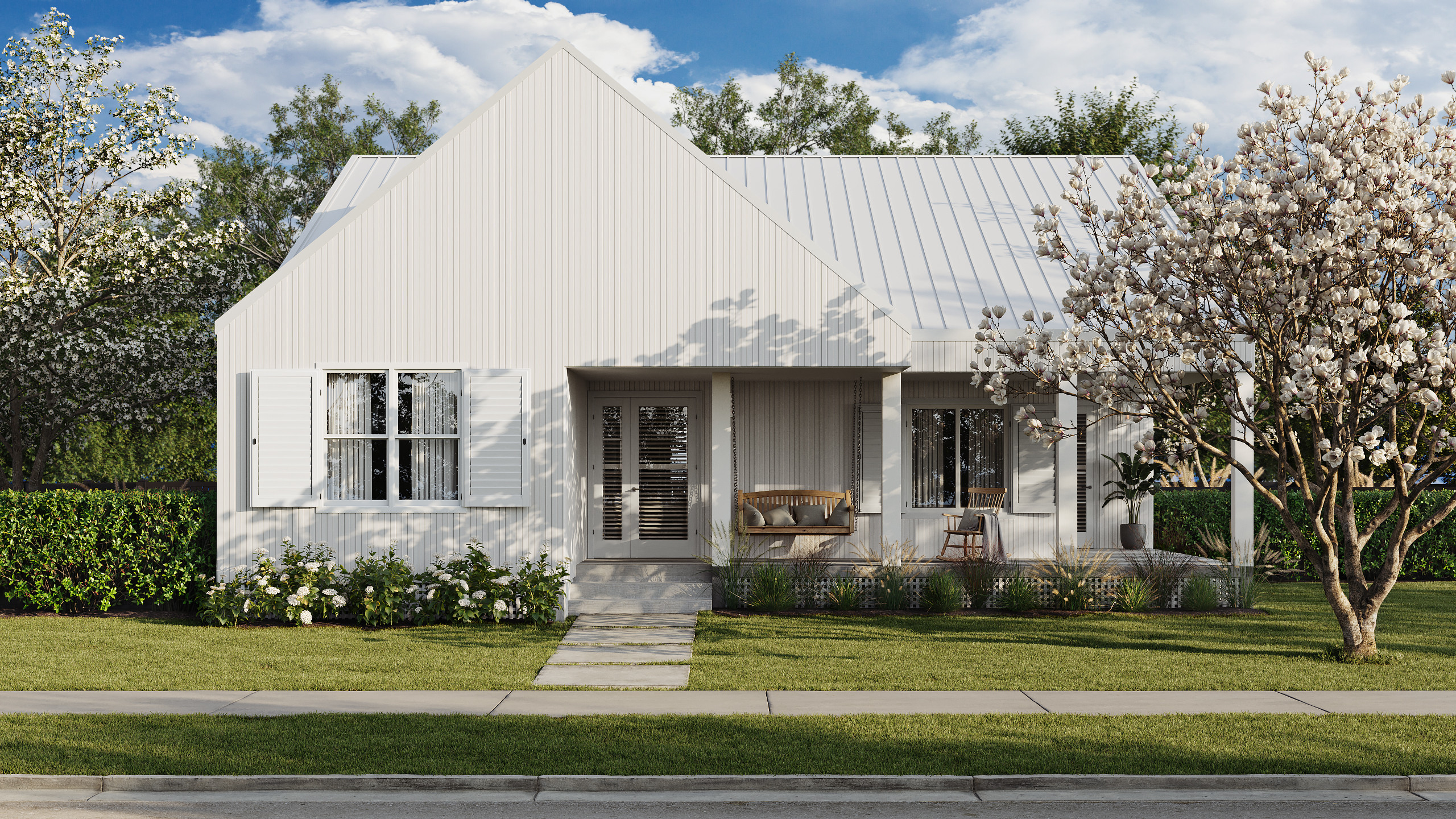Put a hat on your house: Understanding insulation R-values

When I was a kid in Minnesota, my mother was forever trying to force a hat onto my head in the winter. “Ninety percent of your body’s heat is lost through your head!” she’d cry.
Like so many things you hear as a kid, this turned out to be a myth. So say WebMD, MIT, and The New York Times. (Sorry, Mom, I’m trusting the experts on this one.)
But the idea holds up better when applied to houses.
For uninsulated, timber-frame homes, about 25% of lost heat escapes through the roof.
A lot of leaky homes
This apparently happens a lot. The U.S. Department of Energy reports that about nine out of 10 homes in the United States are under-insulated.
Good insulation can cut both your energy costs and carbon footprint, and raise your home’s comfort level and resale value.
The attic is an easy way to start. Compared to walls or flooring, insulating the attic is a relatively non-invasive way to improve your home’s thermal retention.
Forbes puts it another way: “Improving attic insulation provides the most bang for your buck in regards to heat loss.”
So taking the steps to assess your home’s insulation can pay off, both when constructing a new home or when remodeling an existing one.
And it all starts by understanding insulation R-values.
What is R-value and why do I need to know it?
R-value measures an insulation material’s ability to resist heat flow. Insulation with high R-values has more resistance and is better at insulating a home.
R-values range from around R10 for certain flooring materials to R60 for the densest attic insulation, where there are several types of roof insulation materials to choose from:
- Rigid insulation boards: High R-value per inch
- Structural insulated panels: High R-value per inch
- Spray foam insulation: Mid-range R-value per inch
- Batt insulation: Low R-value per inch
- Loose-fill or blown-in insulation: Low R-value per inch
Each insulation type has its pros and cons. Structural insulation panels provide a high R-value but are harder to add to homes than blown-in, batt, or spray foam insulation. So the panels are best installed during the initial construction process.
Can we make this more complicated?
Sure! The R-value stands for how much heat resistance a material has per inch of depth.
So if you used a larger amount of lower R-value material, it could still provide a comparable amount of thermal insulation as a higher R-value material.
In other words, one inch of insulation with an R-value of R50 is equal to two inches of insulation with an R-value of R25.
Just tell me how much R I really need
First off, where do you call home?
The DOE offers a color-coded map of the US with their recommended R-values for retrofitting buildings in various parts of the country.
As you might expect, the colder the climate, the higher the R-value. My hometown sits smack dab in the bitter blue-colored band near the Canadian border.
On the less-insulated end of the spectrum are R-values below R30. For the best level of insulation, aim for an R-value closer to R60, which should keep homes toasty, even in Anchorage.
Give me another reason to up my R
How about the Insulation Tax Credit?
It applies to insulation products purchased and installed between January 1, 2023, and December 31, 2032. To qualify, this must be for an existing home and your principal residence.
Typical bulk insulation products covered by the credit include: batts, rolls, blow-in fibers, rigid boards, expanding spray, and pour-in-place.
You can claim 30% of the project cost with a $1,200 maximum amount credited.
Fortunately you don’t have to worry too much here about R-value. For the tax credit, it’s just about upping your insulation. As DOE puts it, it’s “always wise to optimize your attic insulation first” when tackling home projects.
A future of fewer leaky homes
The next generation of homes are being built with energy savings in mind, with features like high R-value insulation, EV charging, and energy-efficient windows.
We’re happy to be a part of that movement.
Cheers,
Mike
Mike McAllister is head of story for Momo Homes.
Track the global transition to sustainable homebuilding.
Subscribe to the Momo Focus newsletter.






